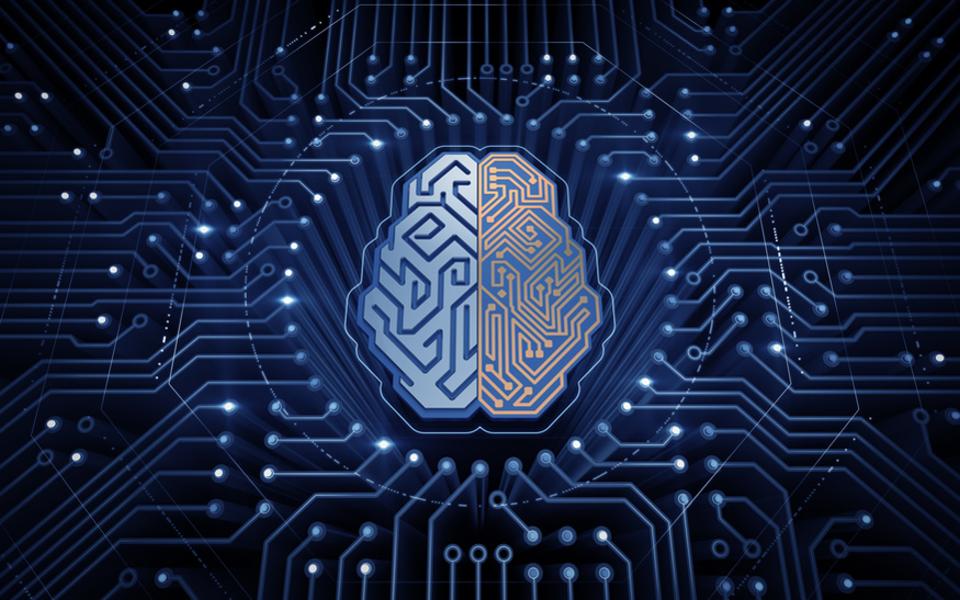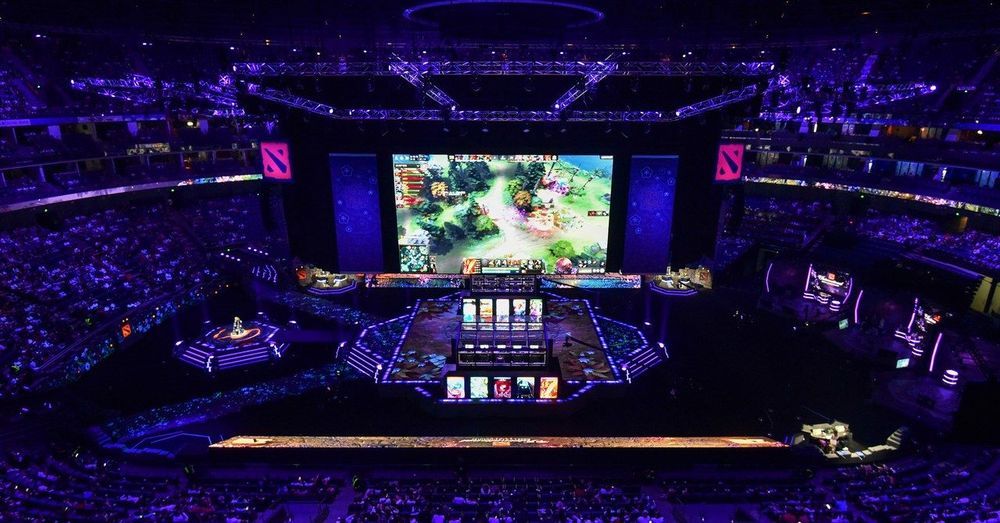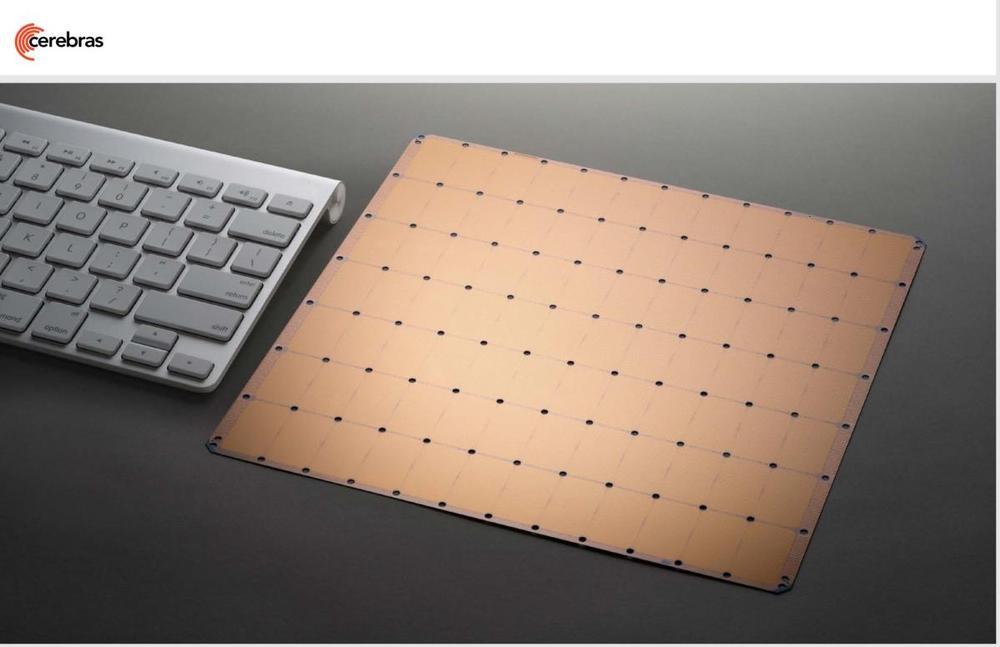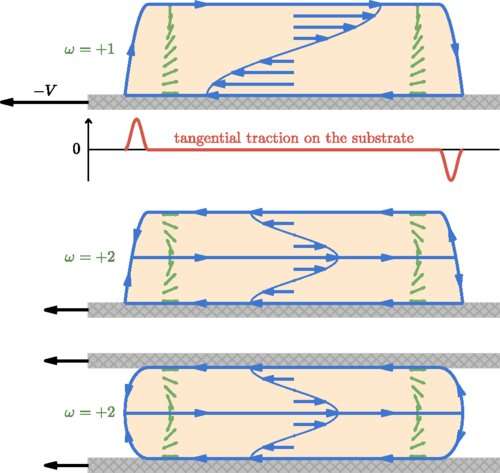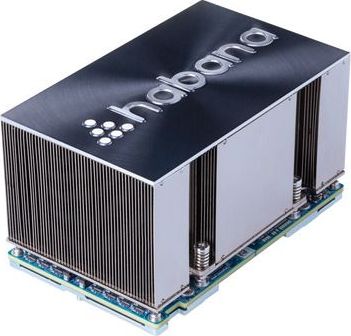Intel this morning issued a statement noting that it has picked up Israeli AI chipmaker Habana Labs. The deal, valued at around $2 billion, is the latest piece of some hefty investments in artificial intelligence that include names like Nervana Systems and Movidius.
In July, Habana announced its Gaudi AI training processor, which the Tel Aviv startup promised was capable of beating GPU-based systems by 4x. The company has been rumored to be a target for an Intel acquisition for a while now, as Intel looks to get out in front of the AI market. The company clearly doesn’t want to repeat past mistakes like missing the boat on mobile.
So far, the strategy looks like it just may pay off, giving Intel a marked advantage in a category it notes will be worth around $24 billion by 2024. In 2019 alone, Intel notes, the company expects to generate in excess of $3.5 billion in “AI-driven revenue,” a 20% increase over the year prior.
